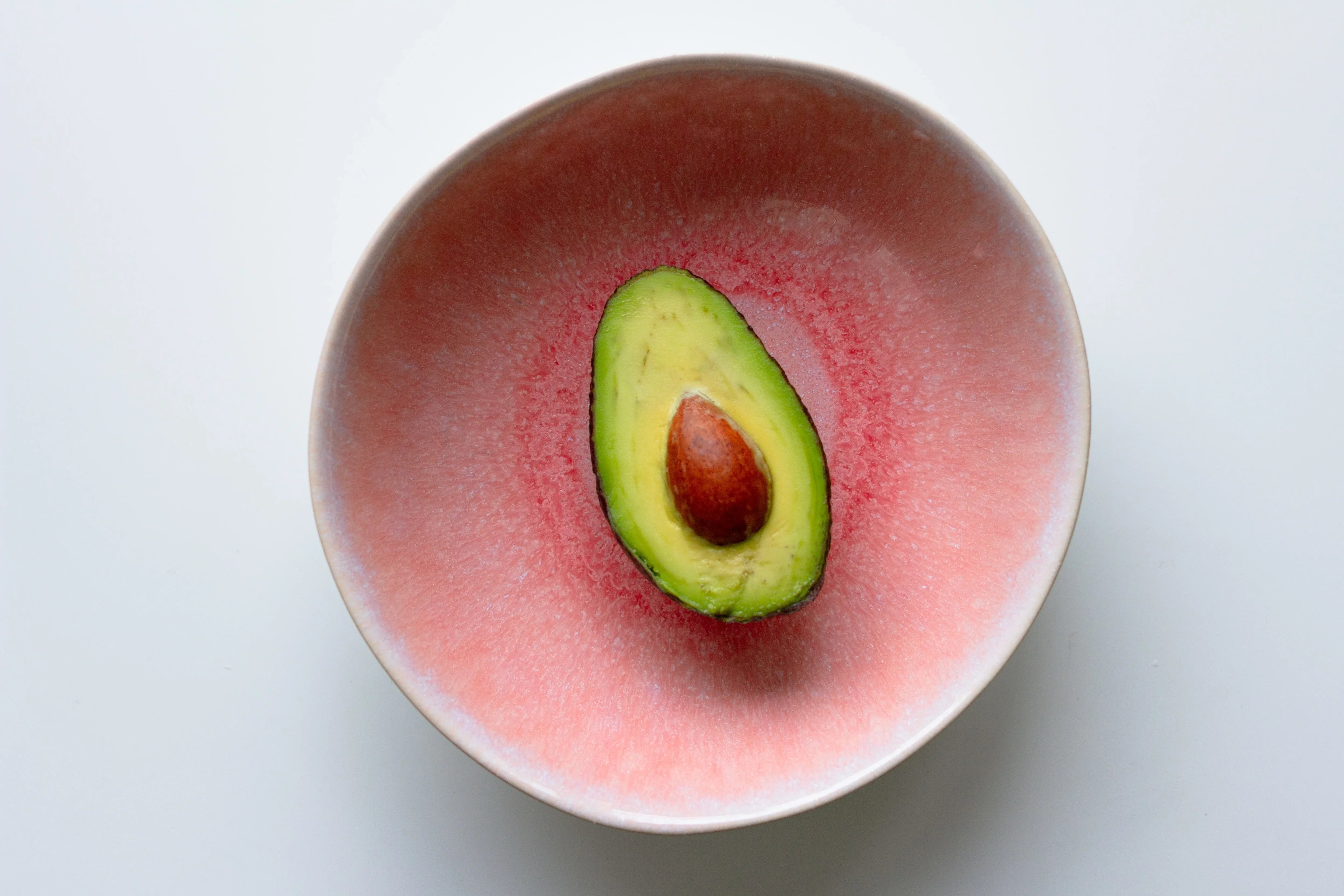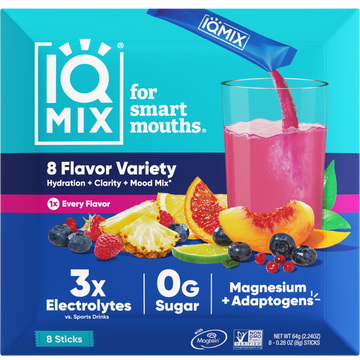Are you excited to start your ketogenic journey, but worried about the infamous “keto flu” that might hit you in the first few days?
The keto flu can leave you feeling drained and sluggish—like having a low-grade flu—with symptoms ranging from headaches to insomnia. Because of these uncomfortable symptoms, many keto dieter newbies throw in the towel before they even have a chance to experience the health benefits of the lifestyle, such as weight loss and higher energy levels.
What many people don’t realize is that keto flu symptoms are temporary. What’s more, there are simple remedies that can help you curb or even eliminate these transitory side effects.
We’ll share those shortly, but first, let’s make sure we’re all up to speed on what keto flu is and why it occurs in the first place.
What Is Keto Flu?
Contrary to its name, the keto flu isn’t a virus. It’s a group of symptoms associated with adopting a low-carb diet.
Symptoms of the keto flu can include:
- Headache
- Brain fog
- Fatigue
- Irritability and mood swings
- Difficulty sleeping
- Muscle cramps
- GI issues (diarrhea or constipation)
These symptoms generally appear during the first week of adopting a ketogenic diet, but they can persist for several weeks or even months.
What Causes Keto Flu?
A common explanation for keto flu is “the body needs time to switch from using carbohydrates as fuel to using fat.”
This is true, but it doesn’t really tell us what causes the symptoms. Here are some more specific potential causes:
#1: Reduced Glucose to the Brain
Normally, your brain runs on glucose, but when you kick carbs to the curb, your glucose supply goes down and your body starts producing its backup brain fuel: ketones. In the early stages, reduced glucose to the brain can cause symptoms like fatigue and headaches.[*]
#2: Electrolyte Deficiency
Diets low in carbs result in decreased insulin levels, leading to increased excretion of electrolytes, such as sodium and potassium, via urine. On top of that, the keto diet restricts electrolyte-rich foods like fruits, potatoes, and salty processed snacks.
In other words, more electrolytes are going out and less are coming in. This increases the risk of electrolyte deficiency.
And guess what? The symptoms of electrolyte deficiency are suspiciously similar to what people call the keto flu. It’s likely that many keto flu symptoms, such as headaches, energy dips, cramps, and insomnia, are actually electrolyte deficiency.,
#3: Dehydration
In addition to losing more electrolytes, those following the keto diet also lose more water. This is because low insulin has a diuretic effect.[*]
Losing too much body water is called dehydration. As with electrolyte deficiency, the symptoms of dehydration, such as headaches, fatigue, and cramps, also look a whole lot like keto flu. It’s possible some symptoms labeled as keto flu are caused by dehydration.
#4: Lack of Fiber
Keto dieters eliminate many fiber-rich foods, including fruit, whole grains, and starchy vegetables. Reduced fiber intake can lead to constipation and diarrhea, both of which are common keto flu symptoms. This is because fiber helps move food through the gut and feeds gut bacteria that aids in digestion.[*]
Keto Flu Remedies
So, what can you do to reduce or eliminate keto flu symptoms? Here are the top prevention tips:
#1: Up Your Electrolyte Intake
To prevent and combat electrolyte deficiency on keto, it’s important to eat a diet that provides plenty of sodium, potassium, magnesium, and calcium. This can be accomplished in the following ways:
- Salting your food to taste
- Drinking bone broth
- Eating plenty of leafy vegetables
- Taking a high-quality electrolyte supplement like IQMIX—a powder that can be mixed in water
Each packet of IQMIX contains the following:
- 500 mg sodium
- 450 mg potassium
- 750 mg Magtein®, a clinically studied form of magnesium (Mg L-Threonate) that crosses the blood-brain barrier[*]
- 250 mg of super-concentrated lion’s mane mushroom, which supports brain health and function[*]
IQMIX is safe for those on a low-carb diet or those with diabetes, as it contains zero sugar and only 3 grams of carbs per packet.
It’s available in delicious flavors, including Peach Mango, Lemon Lime, Blueberry Pomegranate, and Blood Orange. Try our 8-Stick Sampler to find your favorite flavors!
#2: Drink Water to Thirst
For most people, drinking water to thirst will prevent both dehydration and overhydration. Wait, did we say overhydration? Yup. Drinking too much water can be just as dangerous as drinking too little.
Drinking too much water, especially plain water without added electrolytes, can dilute blood sodium levels, leading to a condition called hyponatremia. This condition can lead to symptoms like confusion, lethargy, headaches, and cramps.
So, only reach for water when your body tells you to (via thirst).
#3: Load Up on Low-Carb Veggies
If you start experiencing GI problems after switching to keto, it’s important to add more fiber to your diet. Load up on low-carb, fiber-rich veggies, including leafy greens, asparagus, broccoli, cauliflower, Brussels sprouts, celery, and cucumber.
#4: Fine Tune Your Macros
On a keto diet, keeping carbs very low is the name of the game. Carbs should only make up about 5 to 10 percent of your daily calories, which translates to 50 grams of carbs or less daily.
As for the other two main macros, 60 to 75 percent of your daily calories should come from fat and 15 to 30 percent from protein.
Consuming too many carbs (or not enough healthy fats) can hinder the body's ability to adapt to the keto diet, resulting in a state of keto limbo where the carb intake is too high to induce a metabolic state called ketosis, but not sufficient enough to adequately fuel the brain and body.
Use a tracking app to ensure you’re sticking to your macro goals. This will help you swiftly enter ketosis and the feel-good stage of the lifestyle.
#5: Be Patient
The transition your body goes through when switching from using carbs (sugar) as fuel to using fat is a process that can take several days. Remember that keto flu symptoms are temporary and can be reduced or eliminated with the above tips.
Try to embrace an attitude of patience and acceptance as you navigate any uncomfortable symptoms, knowing that you’re on the path to improved health.
The Bottom Line on Keto Flu
With a little know-how, you can drastically reduce keto flu symptoms or stop them from developing in the first place.
We suggest filling a water bottle with water and adding a packet of IQMIX. Drink this throughout the day whenever you’re thirsty. Load up on veggies, especially green leafy ones, and make sure your macros are on point. Keto flu symptoms don’t stand a chance!



